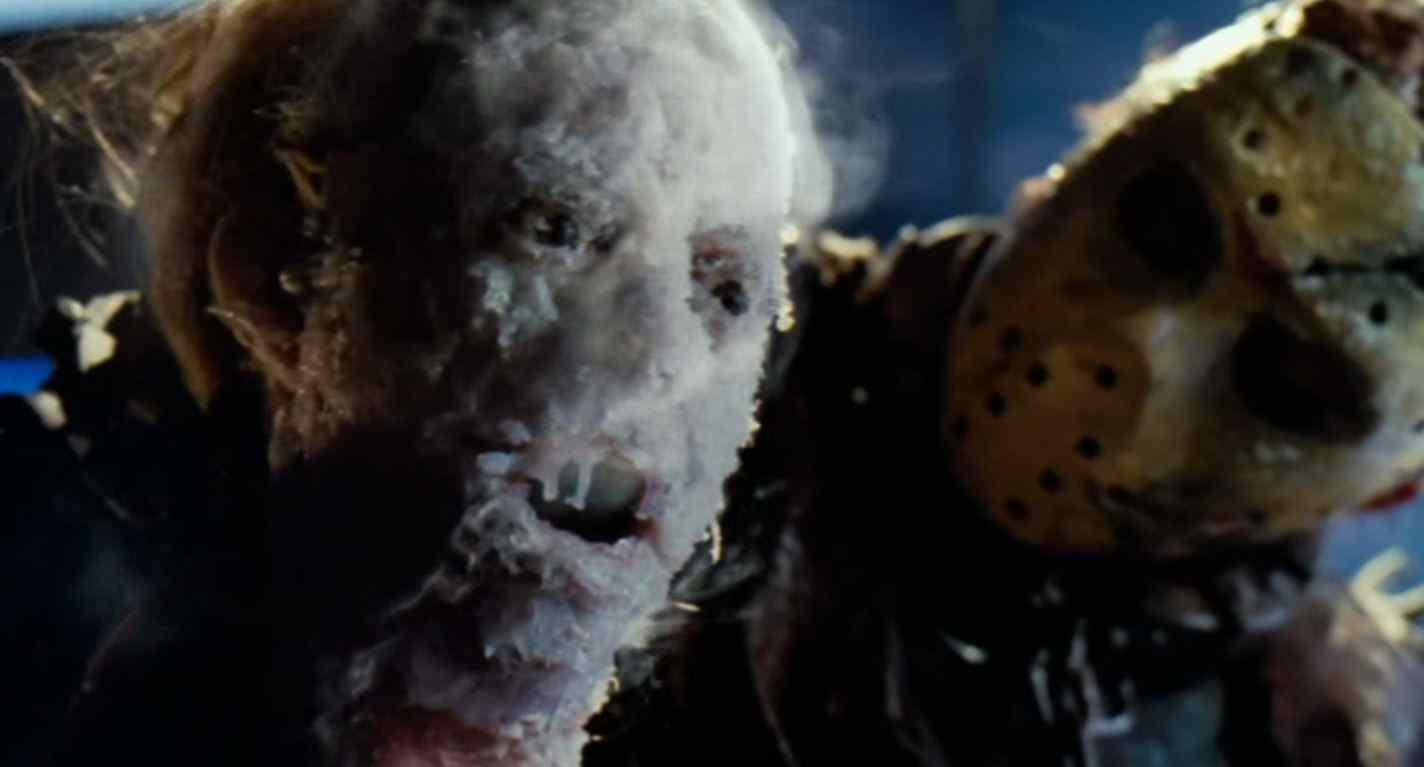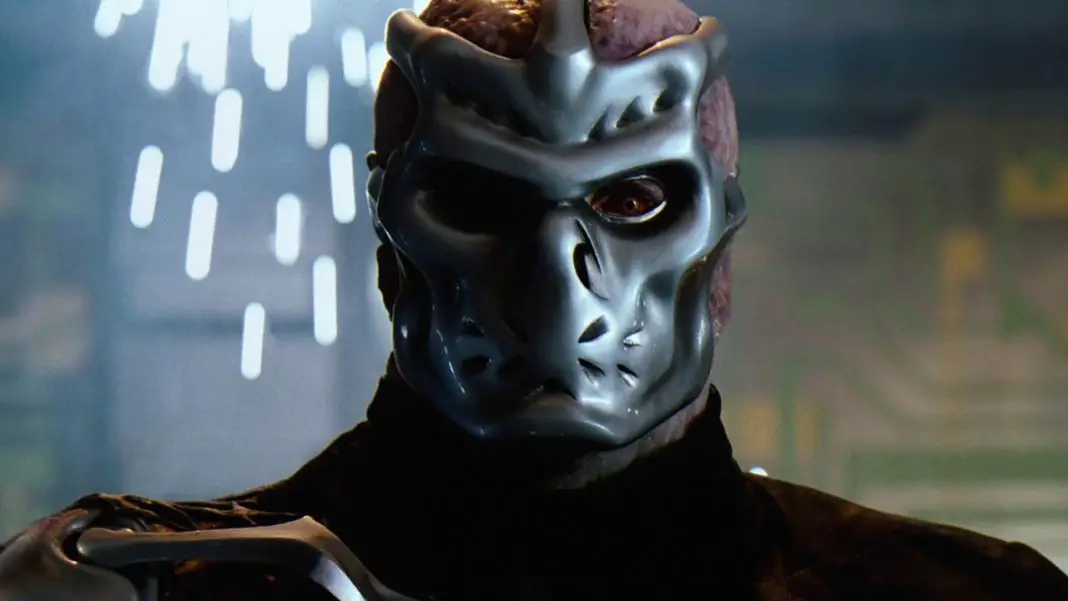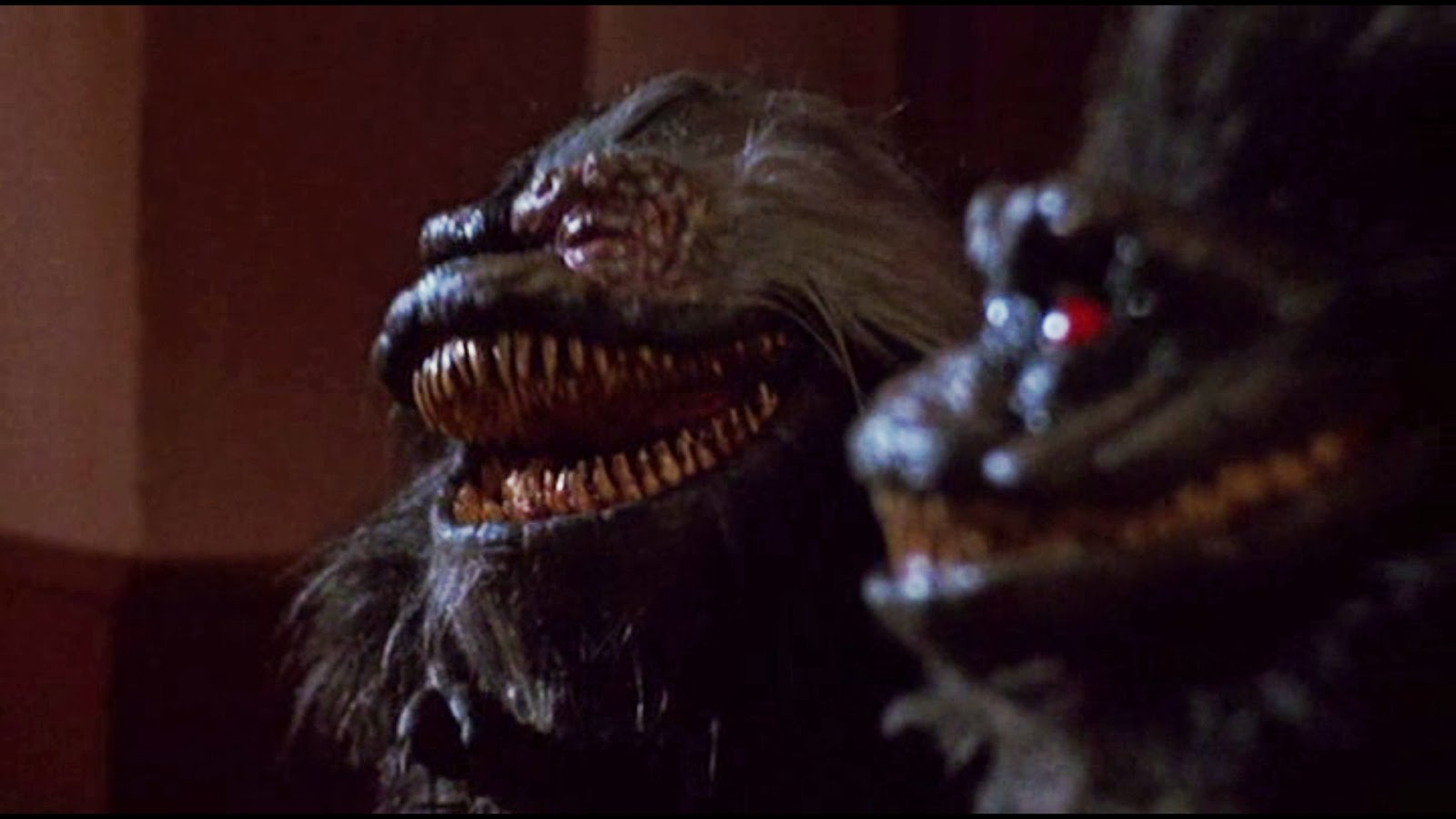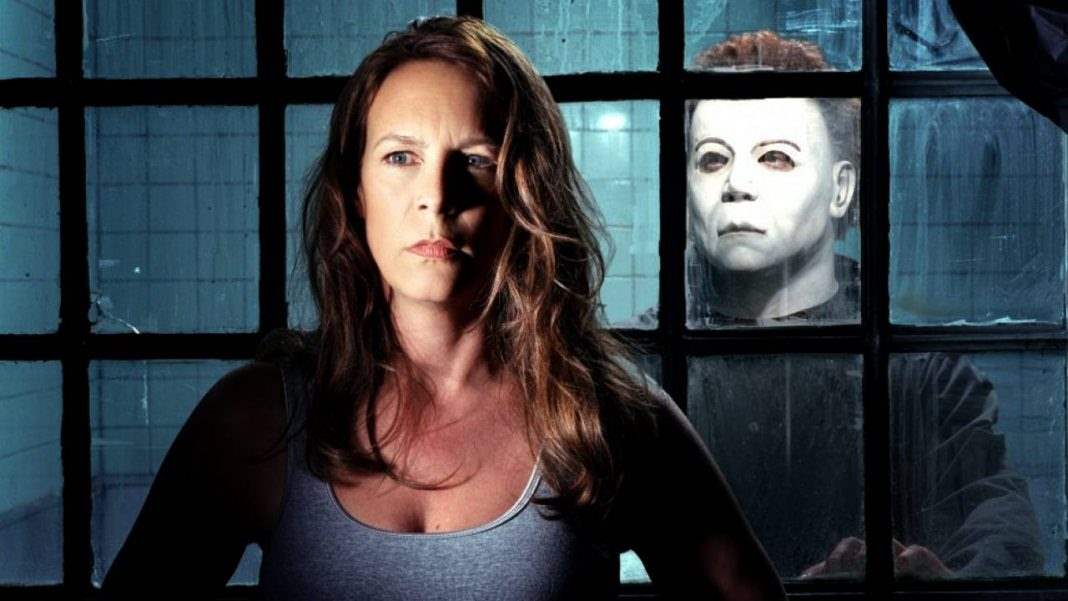Space is a confusing location for a horror feature. It’s somewhere that every franchise winds up eventually, and yet it’s somewhere that nobody really wants to go. So why does it keep happening? What is it that happens to a franchise that, when planning out the next entry, the creative team decides that there is nowhere left to go but space. It’s a hard thing to answer and there may be no solid answer, but it’s such a perplexing phenomenon that it definitely warrants investigation.
To start off, it should be clear that horror movies can work in space and they can even work very well. Alien, Event Horizon and even Planet of the Vampires are space-set horror pictures that all work in their own way. And there are many more. Despite the backdrop of science fiction, there is something inherently scary about the darkness and isolation of space. The problem is not that it’s a bad setting for horror. It can be a very inventive one. No, the problem is that space is not a good setting for everything and that’s exactly what these features prove.
Two of the first space sequels to come along were Leprechaun 4: In Space and Critters 4. Now, Critters 4 makes some degree of sense. The creatures were clearly extraterrestrial and the opening of the original Critters was set in outer space. Leprechaun 4, however, is an entirely different matter. It remains the face of the irredeemable sci-fi sequel, although it does have its fans. Originally, this was not a script for a Leprechaun movie. It was a pre-existing, low-budget sci-fi script that had been sold to the production company. It was changed to be a Leprechaun film, but the changes were incredibly minor. The little demon is so out of character here, and it makes sense, because his lines were originally written for a different monster. This seems to be a recurring case. After a sequel is even a minor hit, space is something grasped in desperation because they have to get it into production quickly and these space ideas just happen to be floating around. Dracula 3000 follows this model as well.Conversely, there are the space sequels that truly believed they could make the idea work. These are the saddest, most tragic ones. And they’re not sad just because they thought they could make their space movie work, that would be petty. Just about any story can work if you approach it the right way. Hellraiser: Bloodline cracked that code pretty well at the onset. The script was written to be the most ambitious Hellraiser to date. It was going to be approaching three hours in length, a complex story that brought together the past, present and future timelines following the family of Philip Lemarchand—the man who built the puzzle box. The filming underwent a lot of problems and over half the story was cut. Only eleven minutes of the finished product actually takes place in space, but that’s a much bigger deal when the entire feature is only eighty minutes long.
 Jason X, believe it or not, was designed to be the movie that would inject new blood into a stale franchise. That’s what the filmmakers believed, anyway. In truth, this sequel straddles both sides of the line. The creative people were deeply involved and truly thought they would be making something special. The studio, however, just wanted a Friday the 13th in theaters. They didn’t care what it was, all they wanted was to ensure people were still familiar with the name Jason Voorhees by the time Freddy vs. Jason (which they already had in production at the time) rolled around. They knew that was going to be their moneymaker, the Friday before it was simply an afterthought.
Jason X, believe it or not, was designed to be the movie that would inject new blood into a stale franchise. That’s what the filmmakers believed, anyway. In truth, this sequel straddles both sides of the line. The creative people were deeply involved and truly thought they would be making something special. The studio, however, just wanted a Friday the 13th in theaters. They didn’t care what it was, all they wanted was to ensure people were still familiar with the name Jason Voorhees by the time Freddy vs. Jason (which they already had in production at the time) rolled around. They knew that was going to be their moneymaker, the Friday before it was simply an afterthought.
Screenwriter Todd Farmer and director Jim Isaac had a passion for what they were doing with Jason X. The script was designed to be Friday the 13th by way of Aliens. There’s a monster on board the ship and the stranded survivors have to band together to take it down, it’s a simple premise but one that has been proven to work time and time again. This is where all those things people usually don’t take into account, like lighting, become incredibly important. Alien and Aliens are both dark, grim, often gothic looking features. But Jason X is incredibly brightly colored and has, overall, a very light and peppy tone. The writer and director thought that the only way to make the movie work was to take it seriously. The producers thought the only way to make it was to not take it seriously and that’s why we’re left with such an absolute mess of a film.
 Interestingly enough, the space sequel mentality does apply to the Alien franchise. After the quadrilogy grew more absurd, the two universally panned entries—Alien vs. Predator and Aliens vs. Predator: Requiem—take place on Earth whereas all previous entries took place in space, thereby inverting the formula.
Interestingly enough, the space sequel mentality does apply to the Alien franchise. After the quadrilogy grew more absurd, the two universally panned entries—Alien vs. Predator and Aliens vs. Predator: Requiem—take place on Earth whereas all previous entries took place in space, thereby inverting the formula.
These things keep happening and it’s still tough to say why they happen. Maybe things get so convoluted that there’s nowhere left to go on the planet. The simplest answer is that people keep thinking they’re a good idea. But until a studio believes that enough to actually put money into the idea, they probably never will be. So we just keep boldly going where we’ve gone again, and again, and again.








